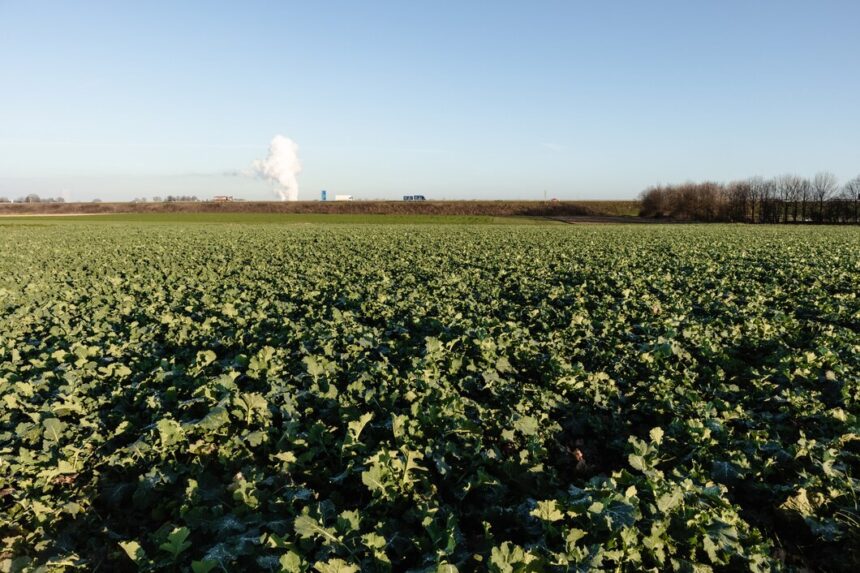Cover crops are a valuable tool for enhancing soil health and sustainability in South African agriculture. By growing cover crops, farmers can improve soil structure, fertility, and overall ecosystem health. Here are ten ways to use cover crops effectively to boost soil health in South Africa:
- Erosion Control: Plant cover crops to stabilize soil and prevent erosion. The root systems of cover crops help hold the soil in place, reducing the risk of wind and water erosion, particularly on sloped or exposed fields.
- Soil Nutrient Enhancement: Use nitrogen-fixing cover crops like legumes (e.g., clover, vetch) to naturally enrich the soil with nitrogen. This reduces the need for synthetic fertilizers and improves soil fertility for subsequent crops.
- Weed Suppression: Sow cover crops that provide dense ground cover, such as rye or oats, to suppress weed growth. The cover crops outcompete weeds for light, water, and nutrients, reducing the need for herbicides.
- Improved Soil Structure: Grow deep-rooted cover crops like radishes or turnips to break up compacted soil layers. Their roots create channels that improve soil aeration and water infiltration, leading to better root development for main crops.
- Organic Matter Addition: Incorporate cover crops into the soil to increase organic matter. As cover crops decompose, they add valuable organic material that enhances soil structure, water-holding capacity, and microbial activity.
- Moisture Retention: Use cover crops to help retain soil moisture. The foliage of cover crops reduces evaporation, and their roots improve soil structure, which helps retain water in the soil, benefiting subsequent crops during dry periods.
- Pest and Disease Management: Select cover crops that can disrupt pest and disease cycles. Certain cover crops, like mustard, can act as trap crops or reduce the presence of specific pests and diseases, minimizing their impact on main crops.
- Soil pH Regulation: Grow cover crops that can help regulate soil pH. For example, legumes can help balance soil pH levels by their interaction with soil microorganisms, contributing to an optimal growing environment for main crops.
- Biodiversity Promotion: Plant a mix of cover crops to enhance biodiversity in the soil. Diverse cover crop species support a variety of beneficial soil organisms, including earthworms, insects, and microorganisms, which contribute to a healthier soil ecosystem.
- Carbon Sequestration: Utilize cover crops to sequester carbon in the soil. By capturing and storing carbon dioxide through plant growth, cover crops contribute to reducing greenhouse gas emissions and improving soil carbon content.
Implementation Tips:
- Selection of Cover Crops: Choose cover crops suited to your specific climate, soil type, and cropping system in South Africa. Consider factors like growth habit, nutrient needs, and compatibility with main crops.
- Timing and Management: Plan the timing of cover crop planting and termination to optimize benefits. Ensure that cover crops are appropriately managed to avoid competition with main crops and to maximize their positive effects on soil health.
- Local Expertise: Consult with local agricultural extension services or soil health experts to get tailored advice on cover crop selection and management practices for your region.
By incorporating cover crops into their farming practices, South African farmers can significantly enhance soil health, leading to improved crop yields, reduced environmental impact, and increased sustainability in their agricultural operations.
Join 'Farmers Mag' WhatsApp Channel
Get the latest Farming news and tips delivered straight to your WhatsApp
CLICK HERE TO JOIN






